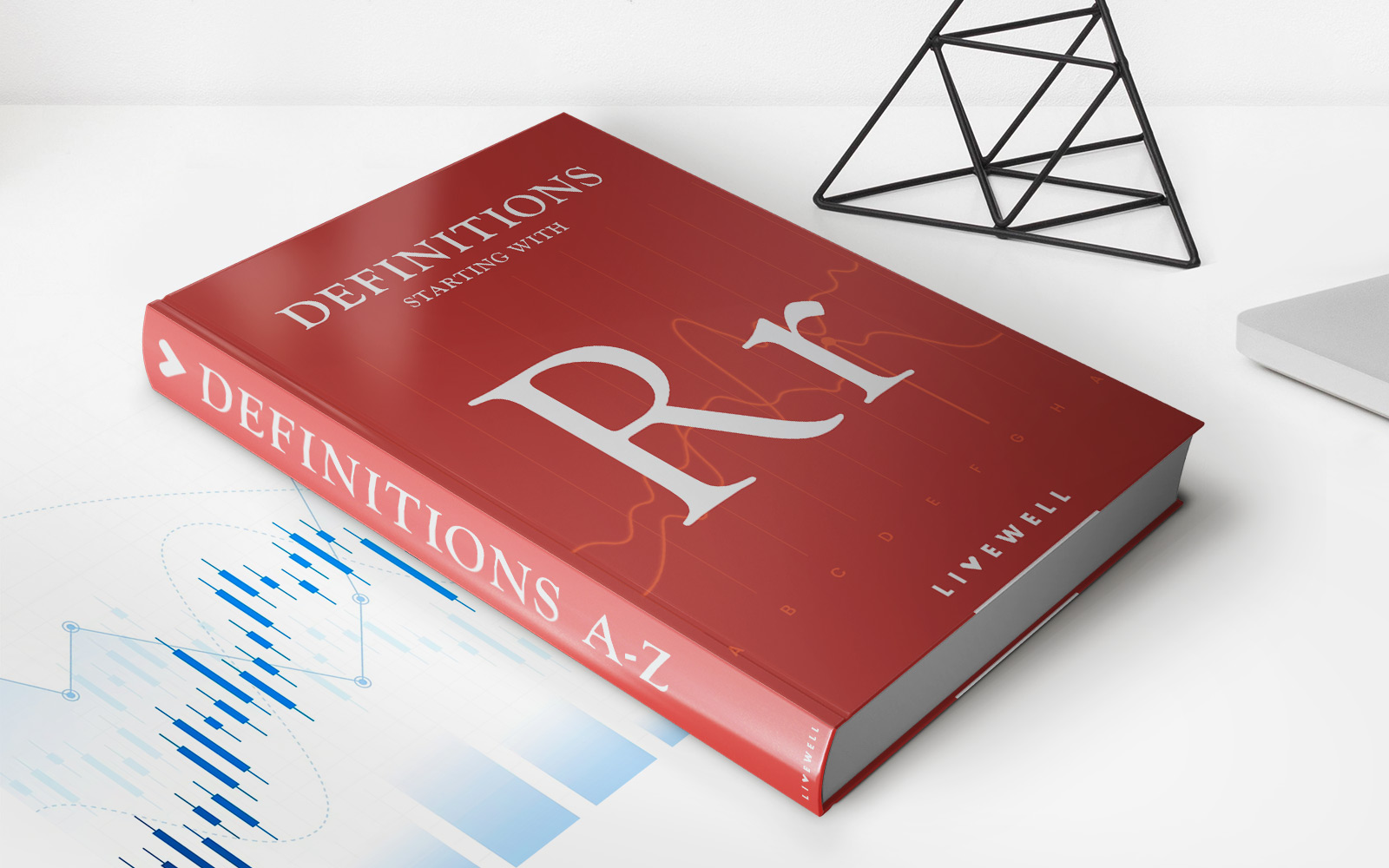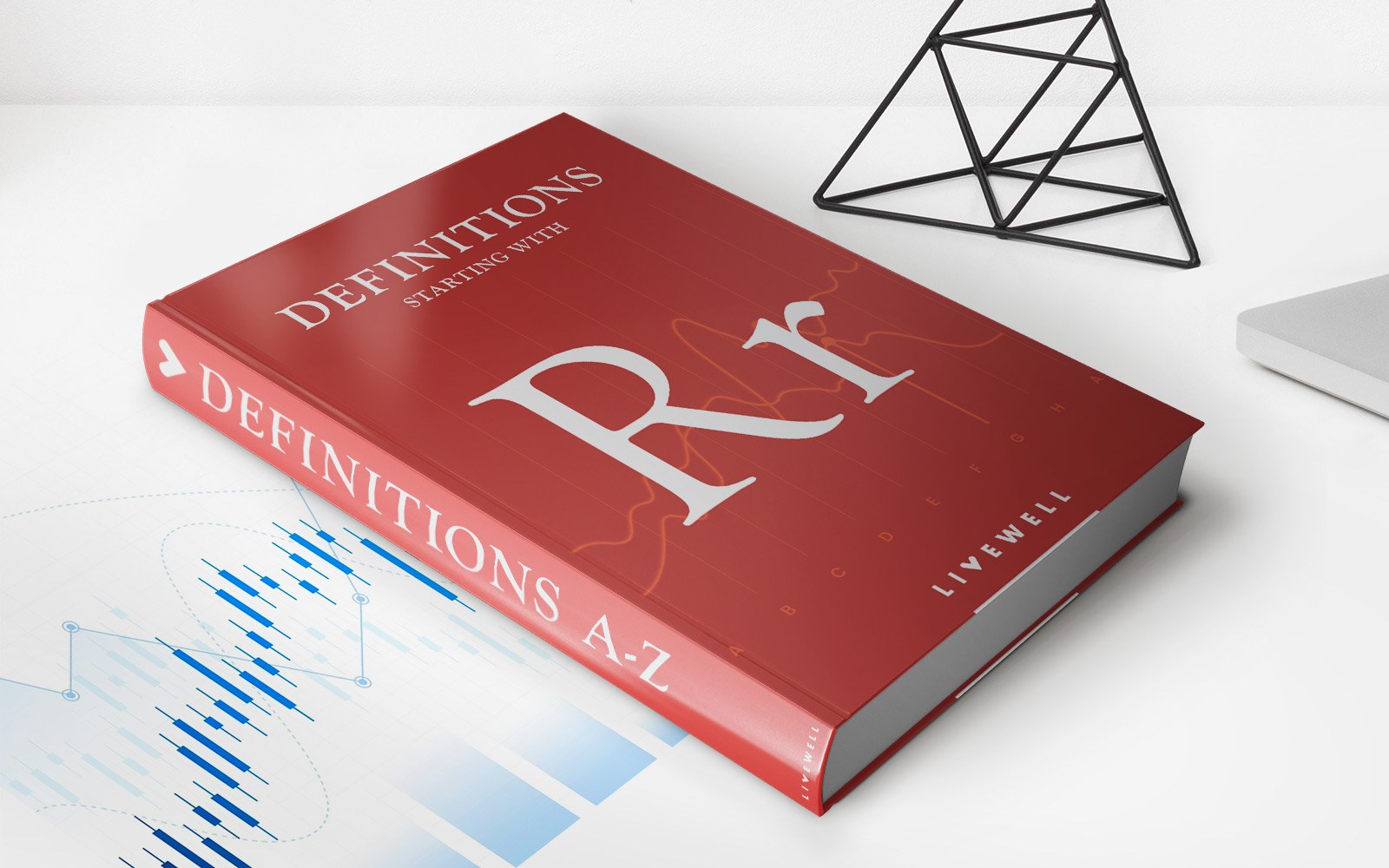Home>Finance>Chain Ladder Method (CLM) Definition, Steps To Apply It


Finance
Chain Ladder Method (CLM) Definition, Steps To Apply It
Published: October 26, 2023
Learn about the Chain Ladder Method (CLM), a key tool in finance for estimating future claims reserves. Discover the steps to apply this method effectively.
(Many of the links in this article redirect to a specific reviewed product. Your purchase of these products through affiliate links helps to generate commission for LiveWell, at no extra cost. Learn more)
Understanding the Chain Ladder Method (CLM)
Finance is a vast and complex field, with numerous tools and methods available to analyze and predict trends. One such method that has gained popularity among financial analysts is the Chain Ladder Method (CLM). In this blog post, we will explore the definition of CLM, its steps, and how it can be applied in the world of finance.
Key Takeaways:
- The Chain Ladder Method (CLM) is a statistical technique used to estimate the future claims reserve for insurance companies.
- CLM relies on historical claims data to project the future development of claims and calculate the needed reserves.
Definition of Chain Ladder Method (CLM)
The Chain Ladder Method (CLM) is a popular actuarial technique used in the insurance industry to estimate future claims reserves. It is named after the analogy of a chain formed by projecting past claims data into the future. By analyzing historical claims information, the CLM allows insurance companies to forecast the development of claims and set aside the necessary funds to meet these future obligations.
The primary objective of the CLM is to provide a reliable estimate of future claims costs, allowing insurers to properly manage their reserves and ensure financial stability. The method takes into account both incurred but not reported (IBNR) claims and claims that have been reported but are not yet settled. By utilizing historical patterns and trends in claims development, the CLM helps insurers make informed decisions regarding their financial planning and risk management strategies.
Steps to Apply the Chain Ladder Method (CLM)
Applying the Chain Ladder Method involves several steps that ensure accurate projection of future claims development:
- Data Collection: Gather the necessary historical claims data. This should include information on the number of claims, their dates of occurrence, and the corresponding incurred amounts.
- Claims Run-off Pattern Analysis: Analyze the historical claims data to identify patterns and trends in the development of claims over time. This step helps to determine the appropriate run-off pattern to apply for future projection.
- Chain Ladder Calculation: Once the run-off pattern has been identified, apply it to the claims data to estimate the future claims development. This calculation uses a chain of factors derived from the historical data.
- Reserve Amount Determination: Based on the projected claims development, determine the appropriate amount of reserves needed to cover future claims obligations.
- Monitoring and Adjustment: Regularly monitor and review the projected claims development against the actual claims experience. Adjust the reserves as necessary to account for any deviations.
The Chain Ladder Method is widely used due to its simplicity and effectiveness in estimating future claims reserves. However, it is important to note that the accuracy of the results heavily relies on the quality and reliability of the historical claims data used in the calculations.
In Conclusion
The Chain Ladder Method (CLM) is a valuable tool for insurance companies to forecast future claims development and determine the appropriate reserves. By analyzing historical claims data and applying statistical techniques, insurers can make informed decisions regarding their financial planning and risk management strategies. However, it is always recommended to consult with a qualified actuary or financial expert to ensure accurate application of the Chain Ladder Method and to account for any specific insurance industry nuances.














